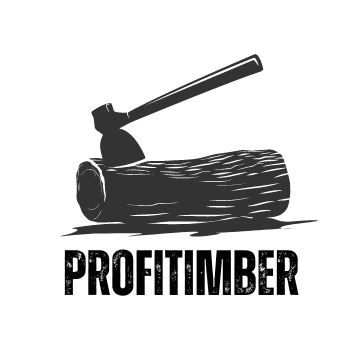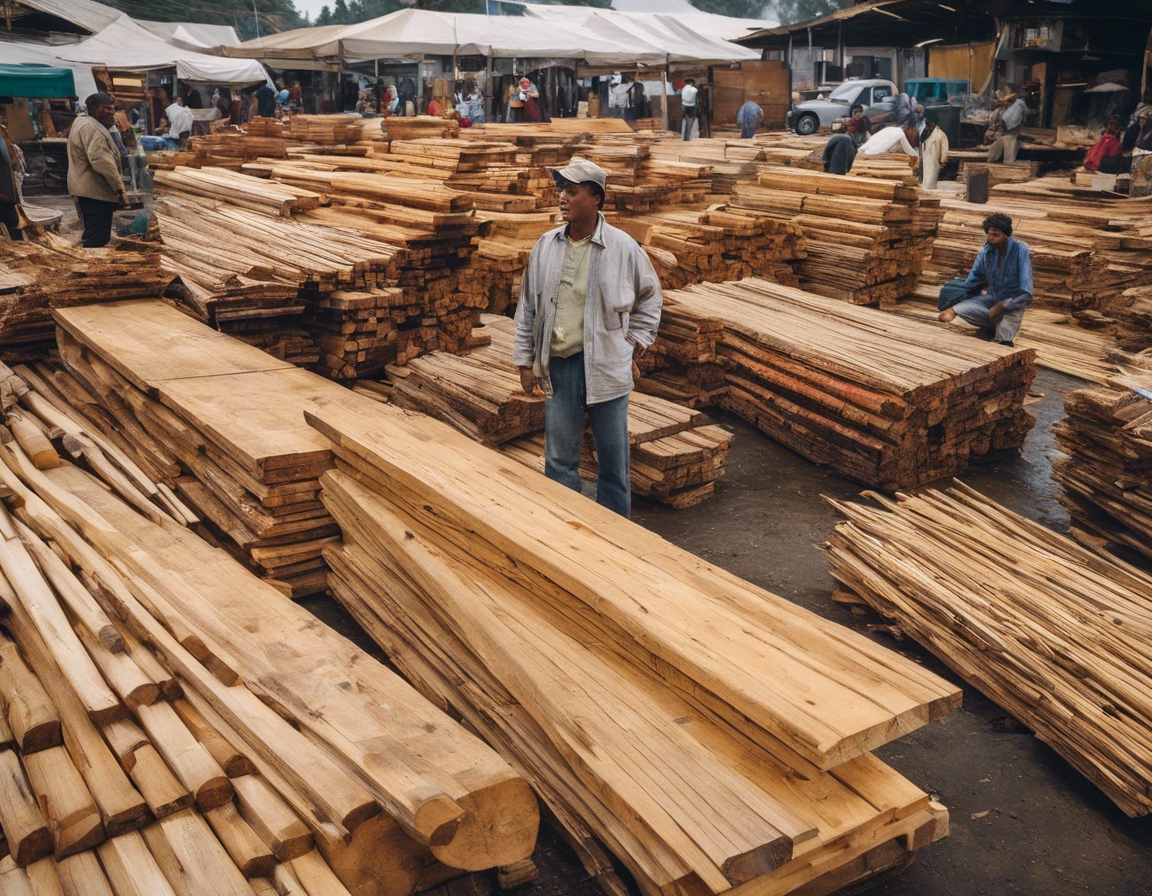The comprehensive guide to hardwood vs. softwood
Hardwood comes from deciduous trees which lose their leaves annually. These trees have a slower growth rate, which generally leads to denser wood fiber. Examples include oak, maple, and cherry.
Softwood is derived from coniferous trees, which are evergreen and have needles and cones. These trees grow faster than hardwoods, resulting in lighter, less dense wood. Common softwoods are pine, cedar, and spruce.
Characteristics of Hardwood
Hardwoods have a complex structure, with vessels that transport water throughout the wood. This cellular makeup contributes to the wood's density and hardness.
Due to its durability, hardwood is often used for flooring, furniture, and high-quality joinery. It's also favored in the production of musical instruments and fine art.
Hardwood is renowned for its strength, longevity, and aesthetic appeal. It's also resistant to wear and tear, making it a premium choice for many applications.
Hardwood's primary disadvantages are its cost and the longer time it takes to grow, which can impact supply and sustainability.
Characteristics of Softwood
Softwoods lack the complex vessel structure of hardwoods, which contributes to their lighter weight and ease of manipulation.
Softwood is commonly used in construction, particularly for framing, as well as in the production of paper and cardboard.
It's generally more affordable and readily available than hardwood. Its ease of use makes it a go-to for many types of construction.
Softwood is more susceptible to damage and wear, which may limit its use in applications where durability is paramount.
Environmental Impact and Sustainability
Hardwood forests are often managed for sustainability, but the slow growth rate of these trees can make them more vulnerable to overharvesting.
Softwood trees grow quickly and are generally farmed in large plantations, which can be managed more sustainably. However, the environmental impact of these plantations can vary.
Choosing Between Hardwood and Softwood
When selecting wood for a project, consider factors such as durability, cost, appearance, and environmental impact. The specific needs of the project will largely dictate the best choice of wood.
Construction companies, furniture manufacturers, and wholesale distributors must weigh the unique requirements of their industry, such as load-bearing capacity or aesthetic qualities, when choosing between hardwood and softwood.






Comments (0)